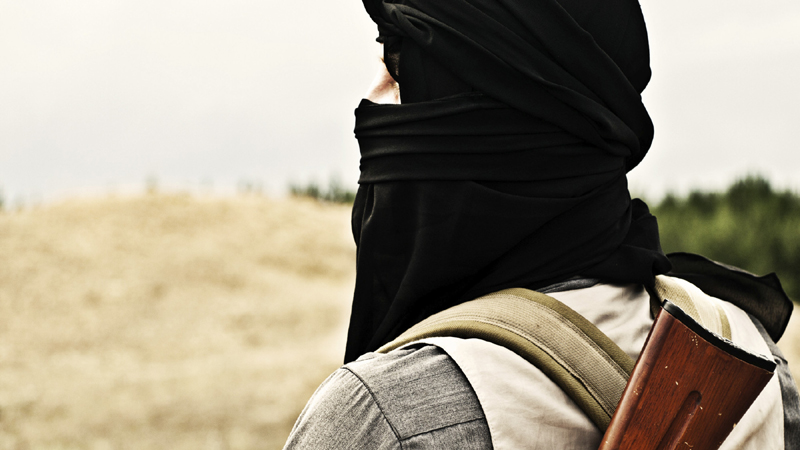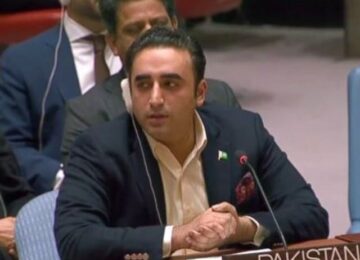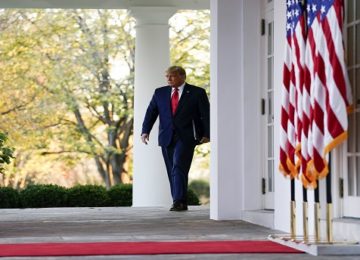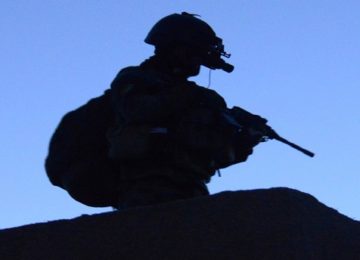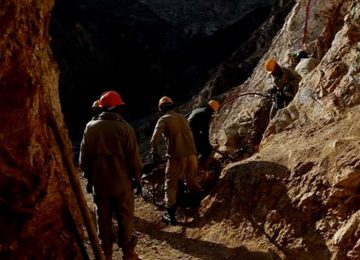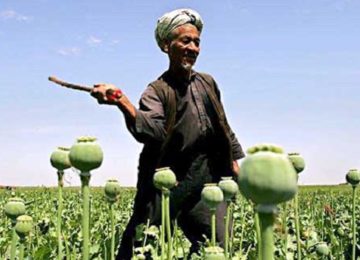This also drew negative comments by American officials. “We hear story after story of commanders who steal the fuel, sell it to the Taliban, who take the weapons we – you – pay for and sell it to the Taliban,” John Sopko, the United States special inspector general for Afghanistan, said in a recent speech. “The irony of it is, the terrorists are at the end of our supply chain.”
Thirdly, the Afghan forces reel from corruption within the ranks, and are overshadowed by the phenomenon of ghost soldiers. In July 2016, the US military reported Afghan defence strength at 319,595. But the Associated Press agency quoted a high-level Afghan official as saying that the best internal estimate was around 120,000.
One supporting evidence came from the Helmand police chief, whom the AP quoted as saying that as many as 40 to 50 percent of the approximately 26,000 personnel assigned to the province did not exist when he asked for help during operations.
Much of the money appeared to be going into someone’s bank account, according to the Startribune.com.
Sopko also reckoned that as much as $300 million in annual US salary payments to the Afghan National Police may be based on partly verified or un-reconciled data.
Fourth, geo-politics has begun to weigh heavier than ever before; the anti-terror Sunni Muslim-American summit – that singled out Iran as the biggest source of global terrorism and declared war on Daesh – has probably provided an additional impetus to the roughly 20 terrorist outfits that, according to President Ghani, are currently operating in and out of Afghanistan.
This declaration runs contrary to the Russian, Iranian, Chinese and Pakistani views on the Afghan situation.
Fifth, Afghan ruling elites still seem to be struggling to join forces to fend off terrorist and Taliban threats. The spiralling violence does not appear to have instilled a greater sense of unity within the Kabul ruling elites. This only emboldens all the non-state actors.
Sixth, the latest string of violence doesn’t augur well for an internally divided government.
This also promoted the United States National Intelligence Agency to forecast a grim future in the months ahead.
“Afghan security forces’ performance will probably worsen due to a combination of Taliban operations, combat casualties, desertions, poor logistics support and weak leadership,” Dan Coats, director of National Intelligence, had warned during a recent hearing on Afghanistan at the Senate Armed Services Committee.
This situation makes it much more imperative for Afghanistan’s immediate neighbours to also collectively pursue peace and reconciliation.
That is why a lot of anxiety prevails ahead of the June 6 international conference in Kabul.
‘Will concern for an embattled and extremely volatile Afghanistan trump geopolitics during this conference’ is a billion-dollar question.
Although the situation is deteriorating, one would only hope that the Kabul gathering would put the fears of a third Afghan war to rest.
But, much more than the international actors, a lot depends on the Afghan leaders to jointly work for peace.
This is also clear from the words of a devout Afghan nationalist and rights’ activist. “I’ve no doubts anymore. Much of Afghan conflict is internal & bad governance & injustices driving us all towards uncertainty &we switch sides,” the activist recently wrote on the micro-blogging website Twitter, unlike her previous views which usually focused on Pakistan as the sole source of instability in her country.
The author Imtiaz Gul is the Executive Director of the Center for Research and Security Studies (CRSS), Islamabad. This article originally appeared in Daily Times on June 01, 2017. Original link.



